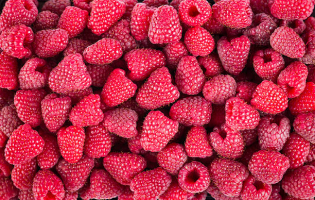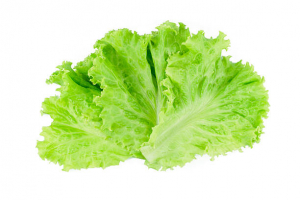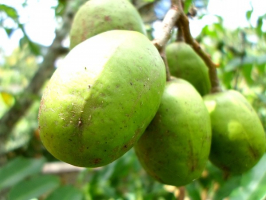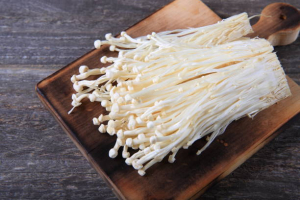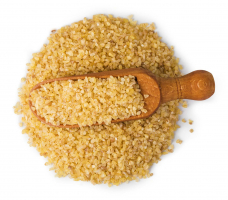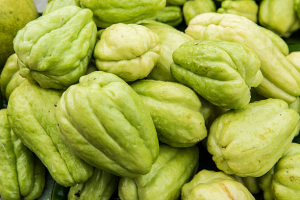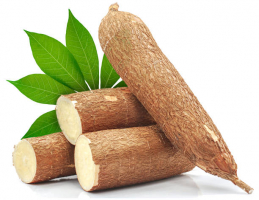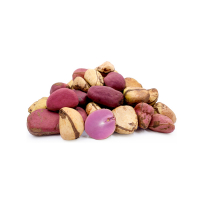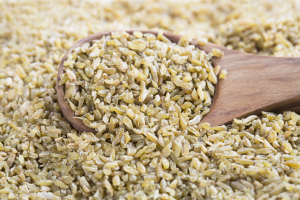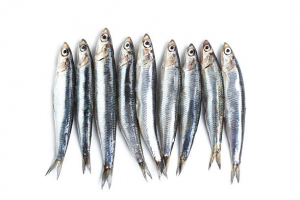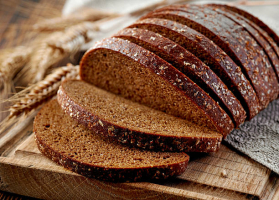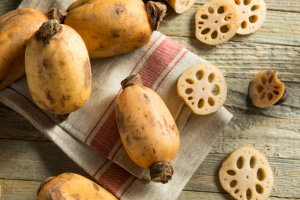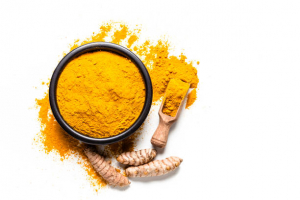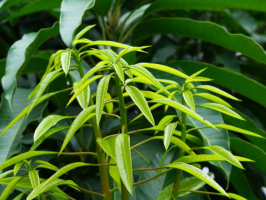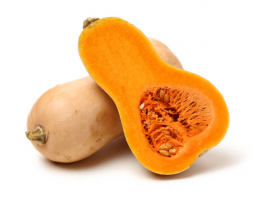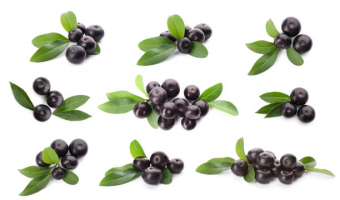Top 7 Health Benefits of Red Leaf Lettuce
Red leaf lettuce is a daisy-like leafy vegetable. It looks similar to romaine lettuce except for the red or purple tips. This vegetable provides various ... read more...advantages in addition to giving a splash of color to your favorite salad or sandwich. Red leaf lettuce is a delicious leafy vegetable that can easily be added to your diet. Here are the best red leaf lettuce health advantages.
-
Red leaf lettuce is nutrient-dense, which means it has a high concentration of critical vitamins and minerals while being low in calories. Three cups (85 grams) of shredded leaves provide the following nutrients:
- Calories: 11
- Protein: 1 gram
- Fat: 0.2 grams
- Fiber: 1 gram
- Vitamin K: 149% of the Daily Value (DV)
- Vitamin A: 127% of the DV
- Magnesium: 3% of the DV
- Manganese: 9% of the DV
- Folate: 8% of the DV
- Iron: 6% of the DV
- Vitamin C: 5% of the DV
- Potassium: 5% of the DV
- Vitamin B6: 4% of the DV
- Thiamine: 4% of the DV
- Riboflavin: 4% of the DV
Its nutritional composition is comparable to that of other common leafy vegetables such as a green leaf, romaine, and iceberg lettuce, with a few noticeable exceptions. Red leaf lettuce, for example, has more vitamin K, slightly more iron, and somewhat fewer calories than romaine, whereas romaine has more fiber and vitamins A and C.
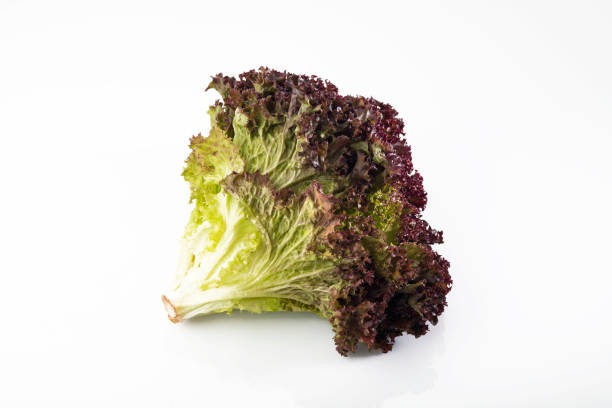
High in nutrients but low in calories 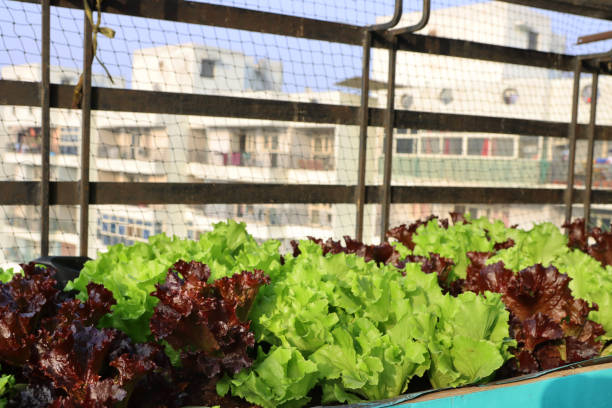
High in nutrients but low in calories -
Red leaf lettuce contains a high concentration of antioxidants, which protect your body from the harm produced by unstable chemicals known as free radicals. A high level of free radicals in your body may raise your risk of certain illnesses. The antioxidant beta carotene, a carotenoid pigment that your body turns into vitamin A, is notably abundant in red-leaf lettuce. Eating enough beta carotene may improve your vision and lower your chance of macular degeneration, a condition that can result in visual loss.
Furthermore, anthocyanins, a kind of flavonoid antioxidant, are responsible for the reddish-purple colors of red leaf lettuce. Diets high in anthocyanin-rich foods have been associated with improvements in heart disease risk variables such as HDL (good) and LDL (bad) cholesterol. Red leaf lettuce is also high in vitamin C, another potent antioxidant. This vitamin-rich diet may lower your risk of heart disease and some malignancies.
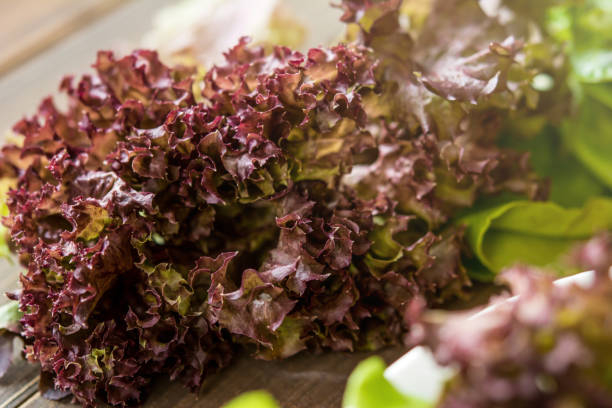
Loaded with powerful antioxidants 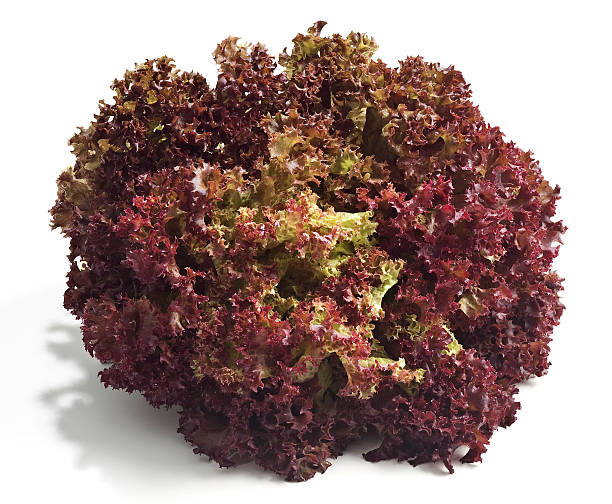
Loaded with powerful antioxidants -
In general, a diet high in fruits and vegetables may lower your risk of heart disease. While no studies have been conducted to specifically assess the impact of red leaf lettuce on heart health, this vegetable does offer some heart-healthy qualities. Red leaf lettuce, for example, has 3% of the daily value for magnesium and 5% of the daily value for potassium in just 3 cups (85 grams) of shredded leaves – enough for one medium-sized salad.
Potassium and magnesium keep your heart beating normally and allow your heart's muscle cells to relax. Deficits in these minerals have also been linked to a variety of heat-related illnesses, including excessive blood pressure, heart failure, and coronary heart disease.
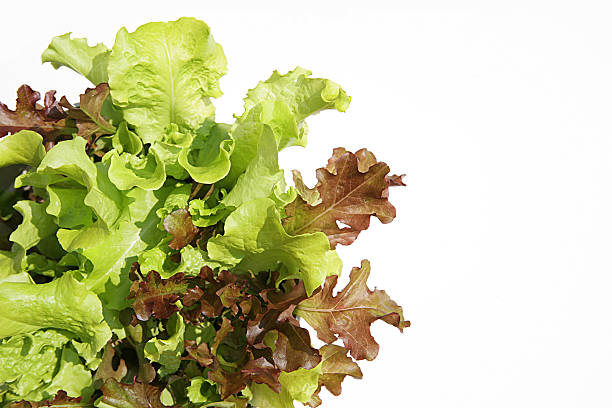
May keep your heart healthy 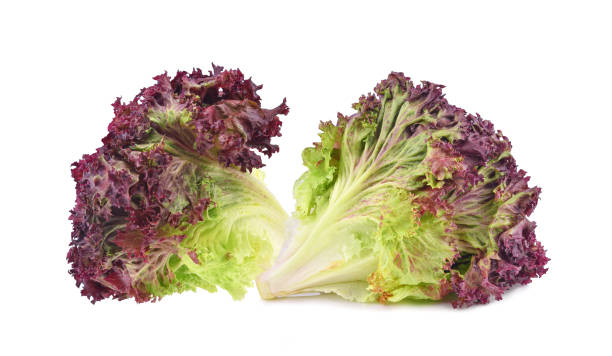
May keep your heart healthy -
The general term for a set of fat-soluble chemicals involved in immunological health, cell proliferation, eye health, and vision is vitamin A. This vitamin is also necessary for the correct growth and operation of several critical organs, such as your heart, kidneys, and lungs.
Red leaf lettuce is high in vitamin A, with 3 cups (85 grams) of shredded leaves providing 127% of the RDI. Simply including one or two portions of red leaf lettuce in your diet, a few times each week will help you achieve your vitamin C requirements.
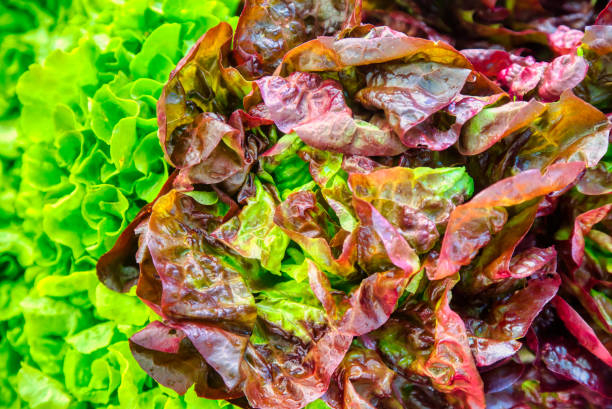
Excellent source of vitamin A 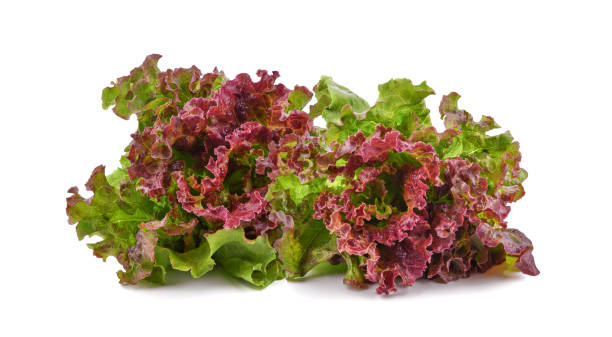
Excellent source of vitamin A -
Red leaf lettuce is a great source of vitamin K, with 3 cups (85 grams) of chopped leaves giving 149% of the DV. Blood clotting requires vitamin K. You would be in greater danger of uncontrolled bleeding if you did not have it.
Furthermore, this vitamin is necessary for bone formation and development. Adequate consumption may help prevent osteoporosis and fractures. Although persons on some blood-thinning drugs may need to limit their vitamin K consumption, most people can increase their intake without concern.
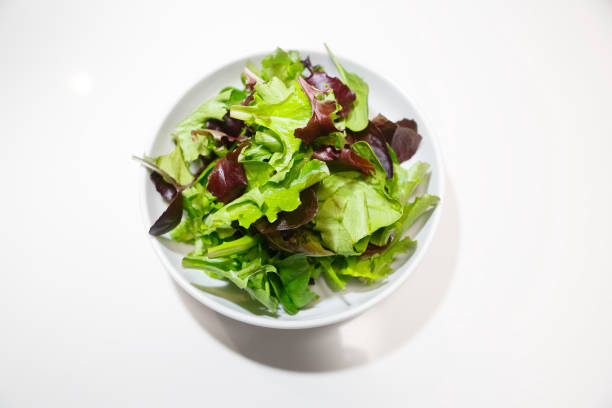
Packed with vitamin K 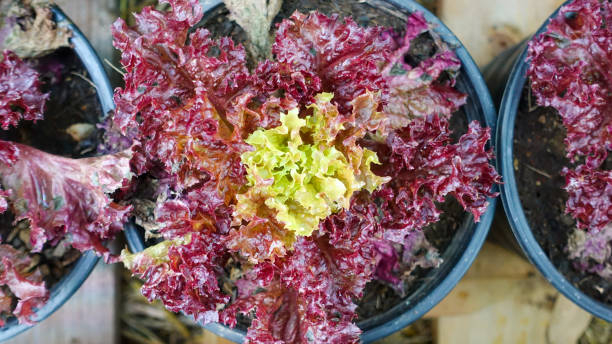
Packed with vitamin K -
Many individuals worldwide have high blood pressure, which makes your heart work harder and increases your risk of heart disease or stroke. According to recent research, a potassium-rich diet may help decrease blood pressure.
Potassium, which is abundant in red leaf lettuce, appears to reduce blood pressure by decreasing the effects of salt and aiding in blood vessel dilation. Increasing your intake of red leaf lettuce, along with other potassium-rich foods like avocados and beans, may help keep your blood pressure within a safe range.
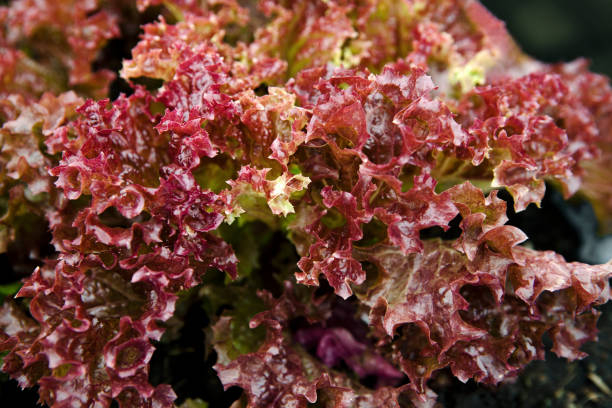
May help lower blood pressure 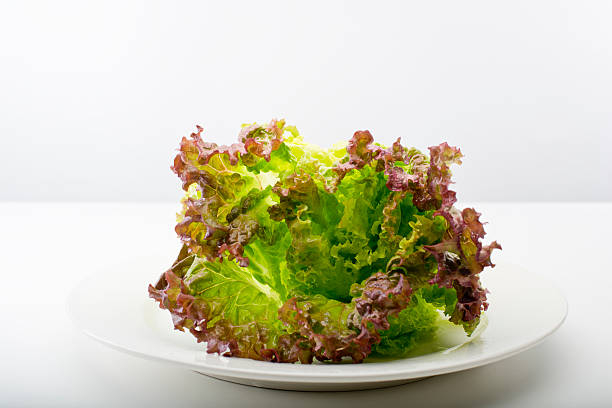
May help lower blood pressure -
Many characteristics of red leaf lettuce make it an ideal weight-loss diet. For example, this vegetable is low in calories but high in fiber, which can help you feel full.
Furthermore, it has high water content. Diets heavy in low-calorie, high-water meals, such as leafy greens like red leaf lettuce, have been shown in studies to greatly improve weight reduction. Although no studies have directly linked red leaf lettuce to weight reduction, eating this low-calorie vegetable as part of a balanced diet is likely to improve your waistline.

May promote weight loss 
May promote weight loss









